
Palbok House is currently in this location.
Noodlies, Sydney food blog discovers little Korea by the carpark
Lidcombe is one of those suburbs you travel through but rarely the final destination. Dooleys Catholic Club (where the pokies are worshipped) looms on one side of the train station and a stark multi-level carpark on the other. The suburb is still sleepy – the Dooley’s side is more Chinese and Vietnamese restaurants and shops, while the carpark side is quickly establishing itself as a Korean hub with lots of restaurants, grocery stores and a tight cluster of hairdressers. In Sydney, Chinese hairdressers do a fine cut in an upmarket environment but they’re pricey, Viets are cheap but they really need to sweep up more leaving Koreans to grab the middle ground glam, clean salons offering the latest Asian styles.
Arisu Korean is a newish part of Lidcombe’s little Korea. It’s new and almost clinical clean; sturdy wooden chairs and bbq ready tables, sensible brown tiles, plain walls – everything perfectly functional and efficient in that unique Korean way. One lone plastic fan with dangling chord shocks in its defiance of an otherwise perfect order.
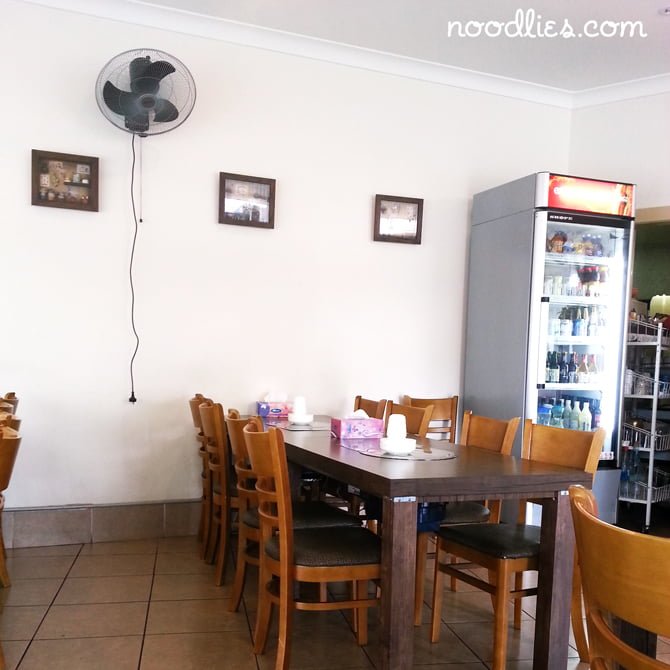
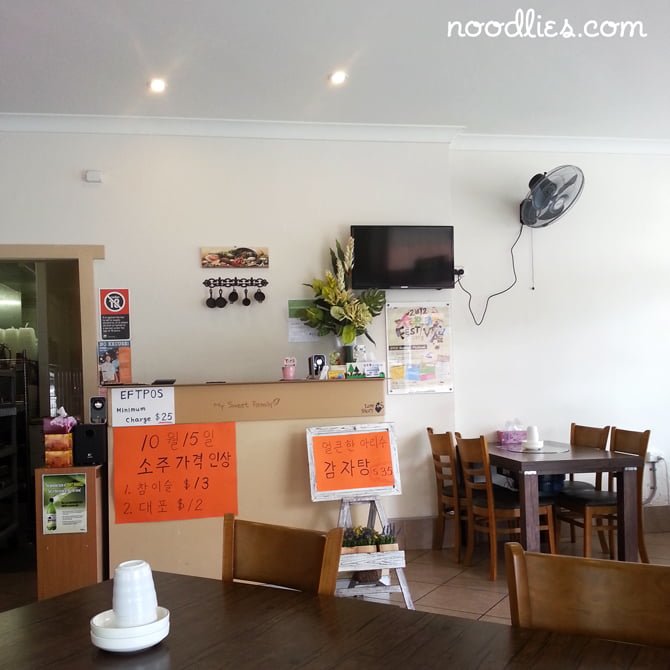
As with most ethnic eateries in Sydney’s West, English signage is scarce, don’t be put off, staff can be shy but are actually very welcoming. In the ‘burbs is where I’ve found many exciting and wonderful culturally diverse food. Korean food is, um… powerful – the predominant flavours come from garlic (lots), ginger, soy, sesame oil and rich dark pastes made from fermented soybeans and/or chillies. The pickled cabbage kim chi side dish is the most obvious and ubiquitous example; sharp, spicy, sour and pungent, it’s also used in much Korean cooking. Be very suspicious if you don’t get at least four different types of kim chi as complimentary side dishes to your meal – a few are shown in the white bowls below, cabbage top right, sprouts bottom right.
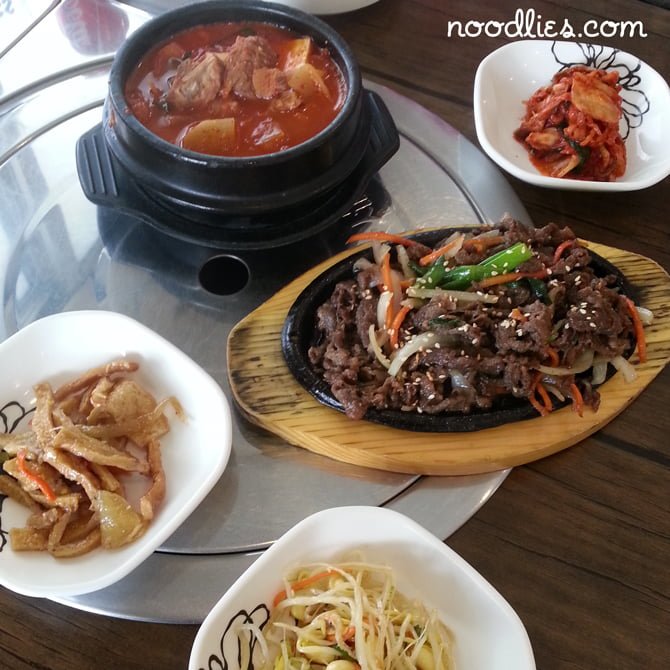
The pipping hot, crimson pork soup above displays the typical Korean sour, spice, garlic punch, a shock at first though the palate adjusts amazingly quickly to make sense of all the competing flavours. Korean food can be ultra sweet too, the beef bulgogi is a perfect example, the marinate is almost sickly sweet but also strangely more-ish.
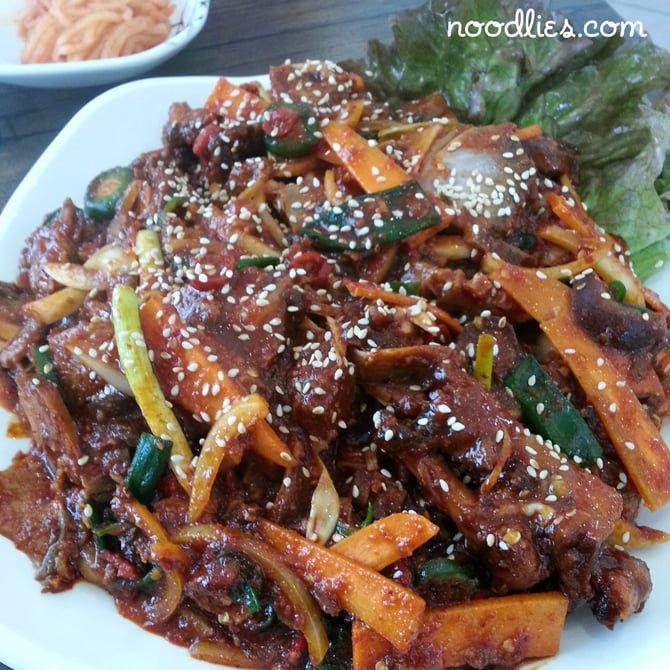
They warned us the spicy pork hock would be extra spicy, it comes out covered in fiery red bean paste with more chilli pieces mixed through the dish. There’s no visual embarrasement of pork trotter, it’s cut into smaller pieces, besides how can you make anything out under all that sauce? The pork meat with skin is fatty and rich, only marginally balanced with vegetables, the first mouthful, while full flavoured isn’t too spicy but the hotness builds quickly until every mouthful burns and you start sweating. It’s a complex, rewarding dish, you just need to be ready and understand it’s not for everyone.
Arisu is a good journey into the complex world of Korean food. And Lidcombe is developing quite nicely into a little Korean town.
Arisu Korean Restaurant
Shop 2, 4 Bridge St, Lidcombe
Ph: 9749 7171

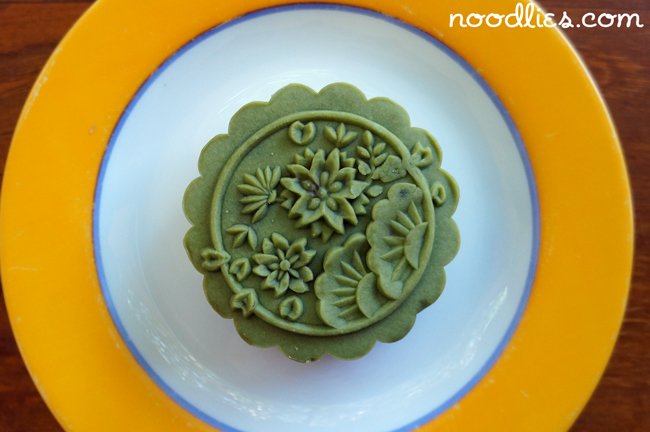
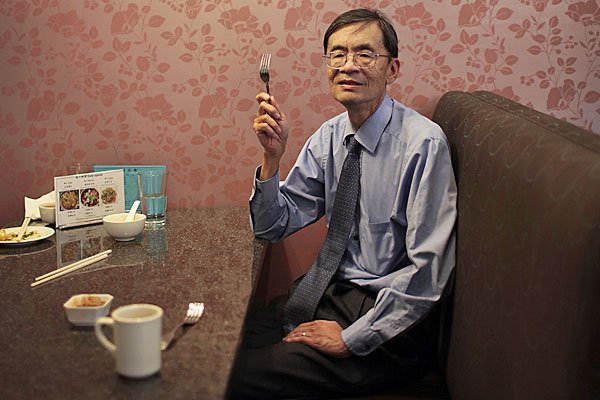
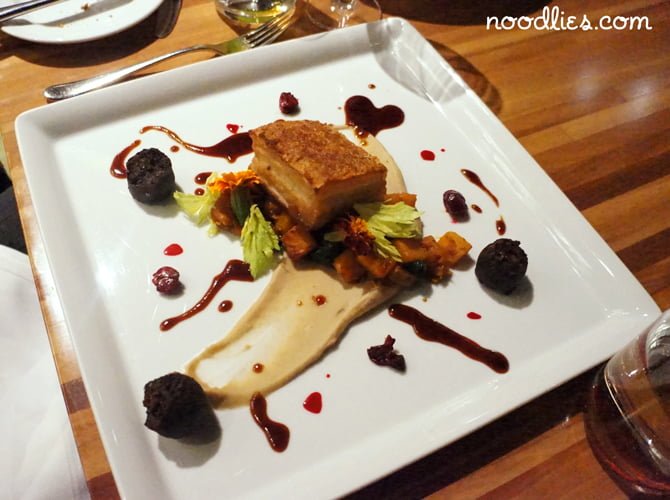


Having gone to primary school in Lidcombe in the 1970s and with very fond childhood memories of the place, I’m so pleased to see you include it here. I find it fascinating because it wasn’t Korean at all then. The population was a combination of Anglo and families who were the children of post-World War II European immigrants mainly. My Mum’s side of the family was Russian and I remember my grandparents used to come and visit and we’d go to the nearby Russian club. My best friend at school, Lana, was also of Russian heritage, and then I had a lot of Lebanese friends and would often call into one friend’s family bakery after school to pick up some Arabic bread to take home. I’d love to return! Especially if it’s now a Little Korea!
I’ve also been wondering where all the Korean restaurants went to from the city… before my husband and I moved overseas in 1998 we lived in Potts Point for many years, and we had five Korean restaurants in our Potts Point/Kings Cross alone – two of them were absolutely brilliant, very authentic, ran by Koreans, most of whom didn’t speak English, except the daughter we called ’99’ cause she had a 99 haircut (remember, Get Smart?). There was one in particular we loved so much we ate there at least once a week, occasionally forcing ourselves to try the others. The food was super spicy – exactly as you described – and as I’ve eaten Korean around the world, I’ve now realised how authentic it was. But that can be said about a lot of Australian ‘ethnic’ food.
The Korean restaurants were there in the Cross/Potts Point mainly because there were a lot of Korean and Japanese businessmen who stayed at what used to be the Hotel Nikko (and before that the Chevron!), from what I understand. So I’m guessing once the Nikko closed they went and stayed elsewhere and with them all those wonderful restaurants. I find it fascinating how these shifts in populations create cultural change. It’s both wonderful and exciting, but it also makes me a little sad and nostalgic.
I love visiting your blog – I have to do it more often x